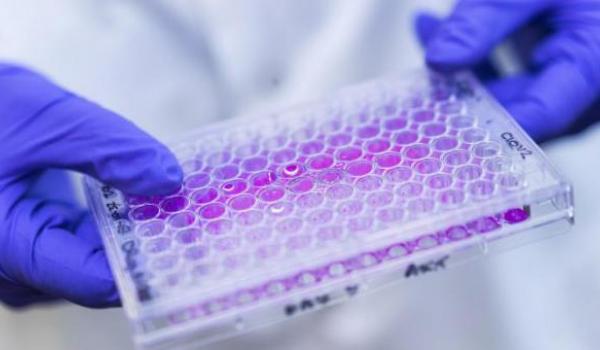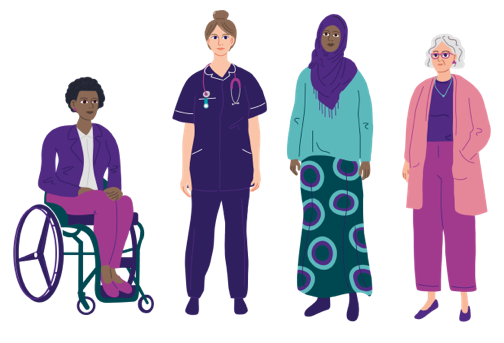This week our immunotherapy project led by Dr Martin Miller at the University of Cambridge revealed an important new piece of the puzzle of developing more effective treatments for the most common form of ovarian cancer. The paper, published in high-profile journal Nature Genetics, has uncovered the potential for chemotherapy to increase the level of helpful immune cells in and around tumours of people with high-grade serous ovarian cancer.
There has never been a more important time to concentrate our attention on medical research, much of which has been halted by the coronavirus pandemic.
An innovative approach
Today’s research findings are really important as they reveal why ovarian tumours that appear similar respond differently to the same treatment. These findings will open new avenues to develop potential new treatments that target these pathways alongside chemotherapy to provide a better outcome for patients. This approach is highly innovative - not only does it target the tumour directly, but for the first time we are able to see in more detail how it “sparks” an immune response – engaging the help of cells from our immune system in the surrounding tissue to remove the ovarian cancer cells.
How did the research study work?
In this study, tumour samples were collected from women with high-grade serous ovarian cancer at various stages of treatment. To understand the role that the immune system might play in fighting the tumour, researchers looked at the types of immune cells that could be found in and around the tumours (also called the tumour-immune microenvironment) before and after chemotherapy. They found that the tumour-immune microenvironment of this type of ovarian cancer is extremely complex and diverse, which may explain why some tumours respond well to chemotherapy and some don’t.
In the samples collected following chemotherapy, there was an increase in nearby immune cell activity, suggesting that chemotherapy can increase the ability to spark an immune response towards some tumours. Understanding the diverse nature of the cells around tumours could help with overcoming barriers that some women with ovarian cancer have faced before when treated with immunotherapy, helping doctors pick the most effective treatments for each person.
Research lead, Dr Martin Miller said:
The complex interplay between tumour cells and their immediate environment can affect treatment outcomes for cancer. However it is unclear how this occurs in ovarian cancer as, until now, very little research has been done into this area. The results of this study confirm that neoadjuvant chemotherapy provides an important effect of increasing the level of specific immune cells in high grade serous ovarian cancer. These findings open up exciting opportunities for new combination therapies to be further investigated, which could improve clinical outcomes for women with high-grade serous ovarian cancer.
Annwen Jones OBE, Chief Executive of Target Ovarian Cancer, said:
This groundbreaking research is a crucial step forward in understanding the potential for developing new treatments for women with ovarian cancer by harnessing the power of immunotherapy. I’m very proud that Target Ovarian Cancer is playing a pioneering role in funding research in this area. These promising early findings underline the opportunities that we now have to transform the future through research, and give us all hope of finding much-needed new ovarian cancer treatments.
How will this affect me?
With studies like this, researchers are able to understand the complexities of ovarian tumours and how they respond to different treatments. This research provides an exciting opportunity to uncover new personalised treatments that could combine chemotherapy and immunotherapy. It will take some time and further research, but it’s a crucial next step in the process.



